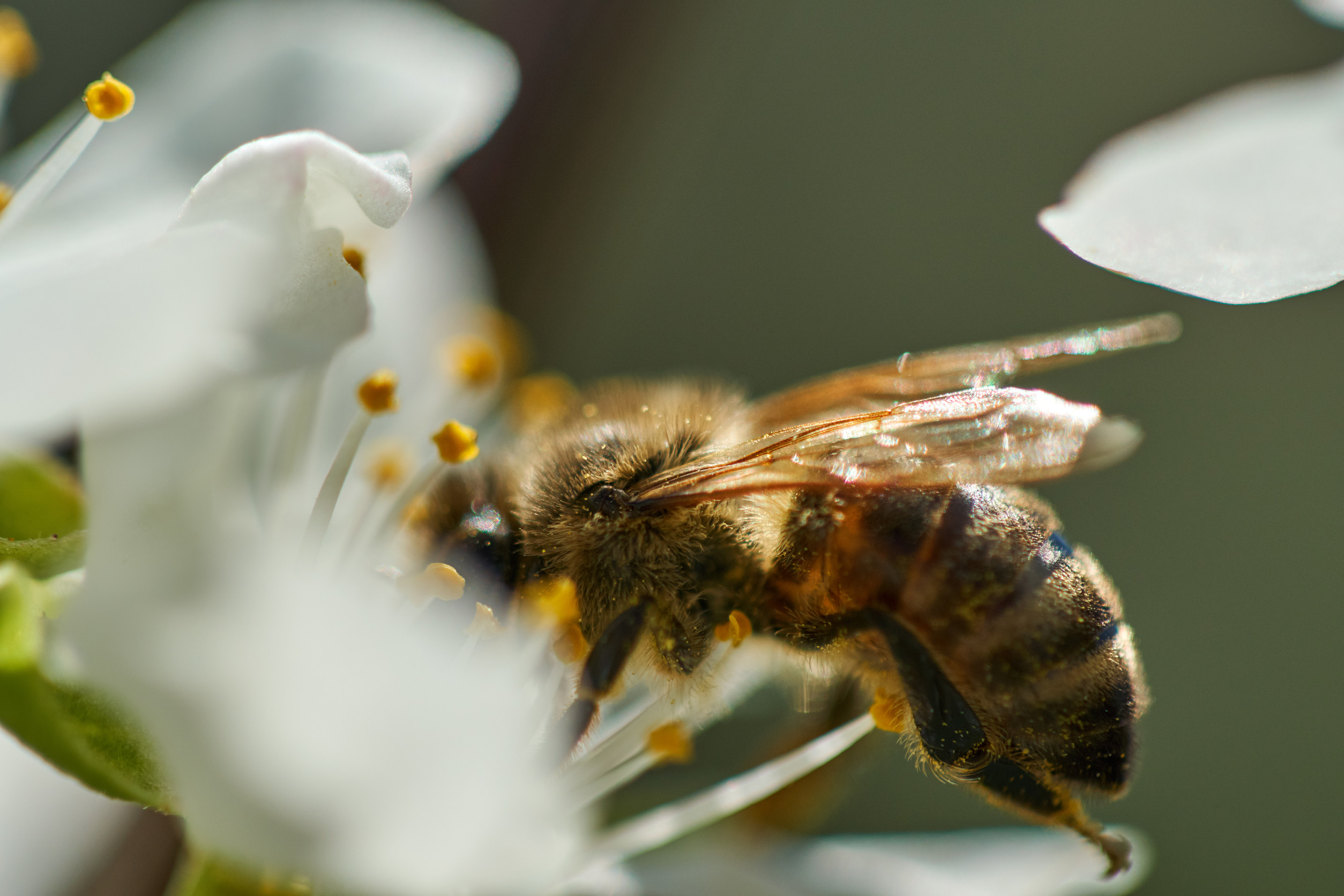Dealing with air pollution that plagues cities across the United States doesn’t necessarily require fancy, expensive technology. In fact, new research suggests it may be easier, cheaper, and more effective to simply let nature do the work.
Researchers from Ohio State University studied individual counties across nine climatic regions in the US, measuring benefits of restoring “available” land, or places not being used for farming or buildings, to whatever was the most common type of vegetation found in the county.
According to the findings, restoring plant life on unused land in counties across the US could suck up 27 percent more air pollution than current rates, leading to healthier ecosystems and reduced rates of respiratory and other pollution-linked diseases. What’s more, researchers found that in 75 percent of the counties analyzed, it was cheaper to use plants to mitigate air pollution than it was to add technological interventions to the sources of pollution.
The authors do, however, highlight that the key is to use both technology and ecosystem restoration to combat air pollution at the source, coming up with “a proper combination of the two”.











